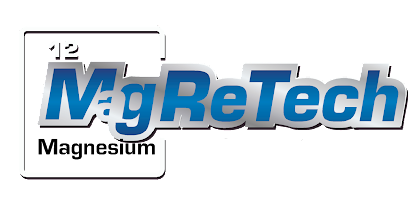Applications
- Home
- Applications
The applications for magnesium are wide ranging. Below are some areas we commonly see magnesium metal used in, for more information, please visit the International Magnesium Association (IMA) website.
AUTOMOTIVE APPLICATION
In the 1920s magnesium began to make an appearance in the automotive industry. The lightweight metal was initially used in racing cars to add to their competitive edge. About a decade later, magnesium was widely used in commercial vehicles such as the Volkswagen Beetle, which contained about 20kg (44.09lbs) of the material. The interest in magnesium use for automotive applications has increased over the past ten years in response to increasing environmental and legislative influences. Nowadays, fuel efficiency, increased performance, and sustainability are top-of-mind issues for automotive producers.
The use of magnesium in vehicles can, and does, lower overall weight and improve each of these conditions. Many large automotive companies have already replaced steel and aluminum with magnesium in various parts of their products. Audi, DaimlerChrysler (Mercedes-Benz), Ford, Jaguar, Fiat and Kia Motors Corporation are just a few of these companies. Magnesium is currently being used in gearbox, steering column and driver’s air bag housings as well as in steering wheels, seat frames and fuel tank covers. The majority of magnesium parts are produced through high pressure diecasting. Magretech is a proud member of the North American Die Casting Association (NADCA).
To see an interactive demonstrator of where magnesium can be found in cars, visit the International Magnesium Associations website.
ALUMINUM APPLICATION:
The addition of magnesium to 5xxx series aluminum increases strength through solid solution strengthening and improves their strain hardening ability. These alloys are the highest strength nonheat-treatable aluminum alloys and are, therefore, used extensively for structural applications. The 5xxx series alloys are produced mainly as sheet and plate.
The addition of magnesium and silicon to 6xxx series aluminum produces the compound magnesium-silicide (Mg2Si). The formation of this compound provides the 6xxx series their heat-treatability. The 6xxx series alloys are easily and economically extruded and common applications for the 6xxx series alloys are handrails, drive shafts, automotive frame sections, bicycle frames, tubular lawn furniture, scaffolding, stiffeners and braces used on trucks, boats and many other structural fabrications.
